Home>Gardening & Outdoor>Pool & Spa Care>How Long Can I Stay In The Hot Tub
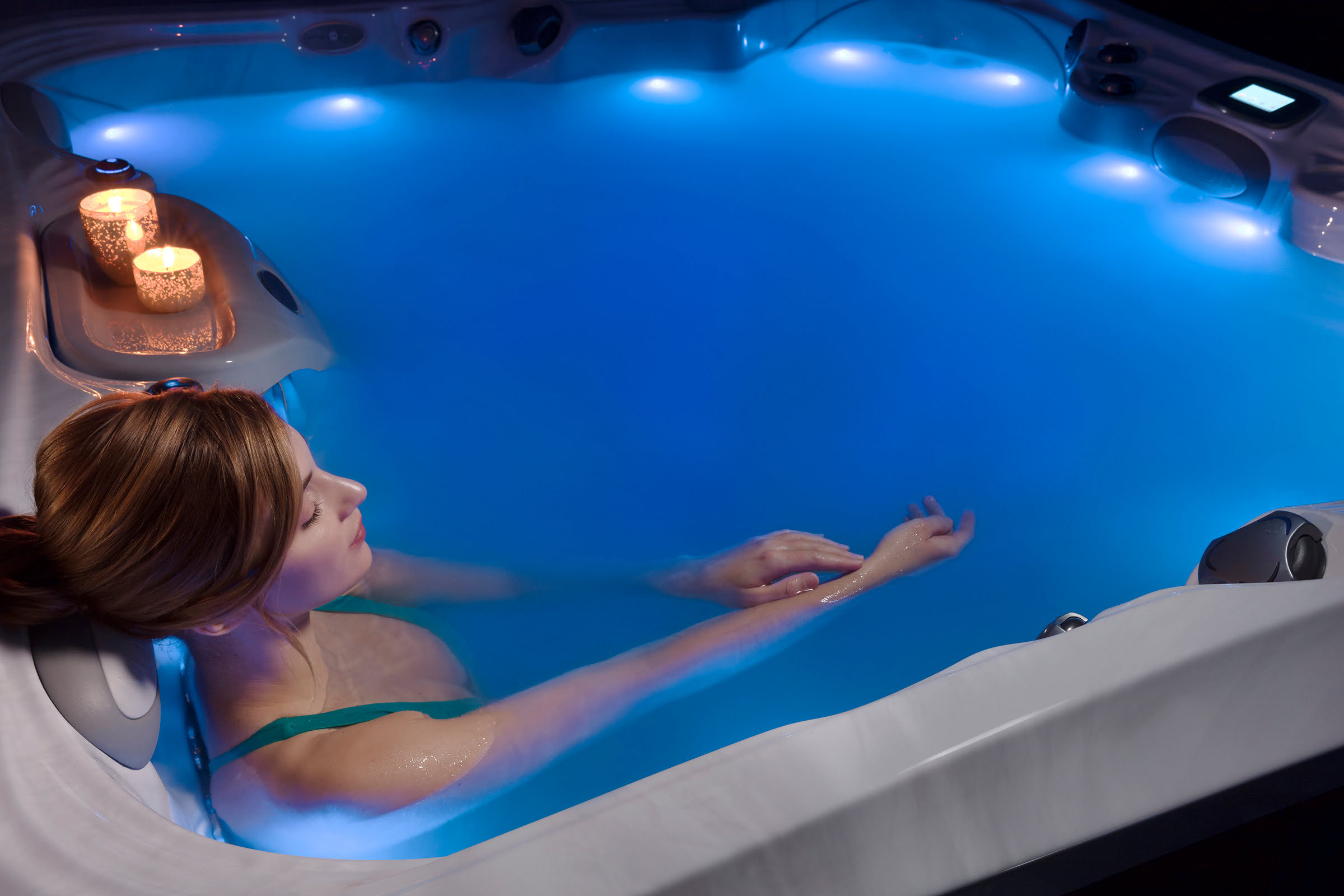

Pool & Spa Care
How Long Can I Stay In The Hot Tub
Published: December 29, 2023
Discover how long you can safely enjoy your hot tub with expert tips on pool and spa care. Maximize relaxation and safety with proper hot tub usage.
(Many of the links in this article redirect to a specific reviewed product. Your purchase of these products through affiliate links helps to generate commission for Storables.com, at no extra cost. Learn more)
**
Introduction
**
So, you've finally invested in a luxurious hot tub, and you're eager to enjoy its therapeutic benefits. However, you might be wondering, "How long can I stay in the hot tub?" This is a common question among hot tub owners, and the answer depends on various factors, including personal health, safety, and the desired therapeutic effects.
In this comprehensive guide, we'll delve into the ideal soaking times for hot tub enthusiasts. We'll explore the benefits of soaking in a hot tub, essential safety precautions, recommended time limits, and the factors that can influence your soak time. By the end of this article, you'll have a clear understanding of how long you can safely and effectively stay in your hot tub, allowing you to make the most of this relaxing and rejuvenating experience. So, let's dive in and uncover the secrets of optimal hot tub soaking!
Key Takeaways:
- Soaking in a hot tub for 15-30 minutes offers stress relief, muscle relaxation, improved circulation, pain management, better sleep, and mental well-being. Safety precautions and time limits are crucial for a positive experience.
- Factors such as temperature, health, physical activity, hydration, weather, and personal goals influence the ideal soak time in a hot tub. Mindfulness, hydration, and adherence to safety guidelines are essential for a delightful and beneficial experience.
Benefits of Soaking in a Hot Tub
Immersing yourself in a hot tub offers a plethora of benefits that extend beyond mere relaxation. Let’s explore the remarkable advantages of soaking in a hot tub:
- Stress Relief: The warm, bubbling water of a hot tub can help alleviate stress and tension, promoting a sense of calm and tranquility. The soothing environment provides a perfect escape from the hustle and bustle of daily life.
- Muscle Relaxation: The buoyancy of the water reduces the effects of gravity on your body, relieving muscle tension and promoting relaxation. This can be especially beneficial for individuals with sore muscles or those recovering from physical exertion.
- Improved Circulation: The heat from the hot tub causes blood vessels to dilate, enhancing blood flow throughout the body. This can contribute to better circulation and may provide relief for individuals with certain circulatory issues.
- Pain Management: Soaking in a hot tub can help alleviate various types of pain, including joint discomfort, arthritis, and general aches. The warm water and massaging jets can provide temporary relief from these conditions.
- Sleep Enhancement: The relaxation induced by a hot tub soak can promote better sleep quality. By unwinding in the hot tub before bedtime, you may experience improved sleep patterns and a deeper, more restful slumber.
- Mental Well-Being: The combination of warmth, buoyancy, and massaging jets can stimulate the release of endorphins, often referred to as “feel-good” hormones. This can elevate your mood and contribute to a heightened sense of well-being.
These benefits make hot tub soaking a valuable self-care practice, offering both physical and mental rejuvenation. However, it’s important to be mindful of safety considerations and recommended time limits to ensure a positive and healthful experience.
Safety Precautions
While soaking in a hot tub can be immensely enjoyable and beneficial, it’s crucial to prioritize safety to prevent any potential risks or discomfort. Here are essential safety precautions to keep in mind:
- Hydration: It’s easy to become dehydrated while soaking in hot water. Be sure to drink water before, during, and after your hot tub session to stay adequately hydrated.
- Temperature Awareness: Pay attention to the hot tub’s temperature. The water should ideally be set between 100°F and 102°F (37.8°C to 38.9°C) for most adults. However, individuals with certain health conditions, such as pregnancy or cardiovascular issues, should consult a healthcare professional for personalized temperature recommendations.
- Time Limits: Avoid prolonged soaking sessions, especially in hotter temperatures. Extended exposure to hot water can lead to overheating, dizziness, or fainting. It’s best to adhere to recommended time limits, which we’ll explore in the following section.
- Alcohol and Medication: Refrain from consuming alcohol before or during hot tub use, as it can intensify the effects of the hot water and lead to drowsiness or lightheadedness. Additionally, certain medications may interact with the heat, so it’s advisable to consult a healthcare provider if you are taking any prescription drugs.
- Supervision: If children are using the hot tub, ensure that they are closely supervised at all times. Additionally, individuals with medical conditions or mobility issues may require assistance to enter and exit the hot tub safely.
- Cleanliness and Maintenance: Regularly clean and maintain your hot tub to ensure optimal water quality and hygiene. Follow manufacturer guidelines for water care and sanitation to prevent the growth of bacteria and maintain a safe environment.
By adhering to these safety precautions, you can enjoy your hot tub experience with peace of mind, knowing that you are prioritizing your well-being and comfort.
Limit your time in the hot tub to 15-30 minutes to avoid overheating. Take breaks to cool down and stay hydrated. If you start feeling dizzy or lightheaded, exit the hot tub immediately.
Recommended Time Limits
While the allure of a hot tub may tempt you to linger for extended periods, it’s important to adhere to recommended time limits to ensure a safe and enjoyable experience. The ideal soak time can vary based on individual factors and the specific conditions of the hot tub. Here are general guidelines for recommended time limits:
- 15-30 Minutes: For most adults, a soaking session of 15 to 30 minutes is considered optimal. This duration allows ample time to experience the therapeutic benefits of the hot tub without risking overheating or dehydration.
- Gradual Acclimation: If you are new to hot tub use or have recently replaced the water, consider starting with shorter sessions of around 10-15 minutes to allow your body to acclimate to the heat and buoyancy.
- Temperature Considerations: Higher temperatures necessitate shorter soak times. If the hot tub water exceeds 102°F (38.9°C), it’s advisable to limit your session to 10-15 minutes to avoid potential discomfort or overheating.
- Health Conditions: Individuals with certain health conditions, such as cardiovascular issues, pregnancy, or hypertension, should consult with a healthcare professional to determine safe and appropriate soak times based on their specific circumstances.
- Children and Seniors: For children and older adults, shorter soak times are recommended to prevent overheating and ensure their comfort and well-being. Supervision and moderation are key when it comes to hot tub use for these age groups.
By adhering to these recommended time limits, you can enjoy the rejuvenating effects of your hot tub while minimizing the risk of adverse effects associated with prolonged exposure to hot water.
Factors Affecting Soak Time
Several factors can influence the optimal duration for soaking in a hot tub. Understanding these variables can help you tailor your hot tub experience to maximize its benefits while ensuring your safety and comfort. Here are the key factors affecting soak time:
- Temperature Settings: The temperature of the hot tub water significantly impacts the recommended soak time. Higher temperatures require shorter sessions to prevent overheating and dehydration, while cooler temperatures may allow for longer, more leisurely soaks.
- Individual Health and Tolerance: Each person’s tolerance for hot water varies based on factors such as age, overall health, and individual sensitivity to heat. It’s essential to listen to your body and recognize signs of discomfort or overheating, adjusting your soak time accordingly.
- Physical Activity and Fatigue: If you’ve engaged in strenuous physical activity or are experiencing muscle fatigue, a hot tub soak can provide relief. However, prolonged soaking may exacerbate fatigue, so consider shorter sessions to avoid feeling overly lethargic afterward.
- Hydration and Water Consumption: Proper hydration is crucial when using a hot tub. Dehydration can occur more rapidly in hot water, so ensure you are adequately hydrated before and during your soak to support a comfortable and safe experience.
- Weather Conditions: External factors, such as ambient temperature and humidity, can impact your body’s response to hot tub soaking. During hot, humid weather, you may prefer shorter soak times to avoid feeling excessively warm, while cooler weather may allow for longer, more enjoyable sessions.
- Personal Preferences and Goals: Your reasons for using the hot tub, whether for relaxation, pain relief, or stress reduction, can influence your ideal soak time. Tailor your sessions based on your specific objectives and how your body responds to the hot tub’s therapeutic effects.
By considering these factors and adjusting your soak time accordingly, you can optimize your hot tub experience to suit your individual needs and preferences, ensuring a delightful and beneficial soak each time.
Read more: How Long Can I Leave My Hot Tub Empty
Conclusion
As you’ve discovered, the question of how long you can stay in a hot tub is influenced by a variety of factors, including personal health, safety considerations, and individual preferences. Soaking in a hot tub offers an array of physical and mental benefits, from stress relief and muscle relaxation to improved circulation and pain management. However, it’s essential to approach hot tub use with mindfulness and awareness to ensure a positive and healthful experience.
By adhering to recommended time limits, prioritizing safety precautions, and considering the factors that can affect soak time, you can fully embrace the rejuvenating effects of your hot tub while safeguarding your well-being. Whether you seek a brief respite from daily stress or a soothing remedy for muscle tension, the hot tub can serve as a sanctuary for relaxation and self-care.
Remember to listen to your body, stay hydrated, and be mindful of temperature settings to tailor your hot tub sessions to your individual needs. Whether you prefer a quick, invigorating soak or a leisurely, indulgent experience, the hot tub can be a source of comfort, rejuvenation, and well-being.
Ultimately, the ideal soak time in a hot tub is a personal matter, and finding the right balance for your unique circumstances is key to reaping the full benefits of this luxurious amenity. So go ahead, embrace the warmth, unwind in the bubbling waters, and savor the tranquility of your hot tub retreat.
Frequently Asked Questions about How Long Can I Stay In The Hot Tub
Was this page helpful?
At Storables.com, we guarantee accurate and reliable information. Our content, validated by Expert Board Contributors, is crafted following stringent Editorial Policies. We're committed to providing you with well-researched, expert-backed insights for all your informational needs.


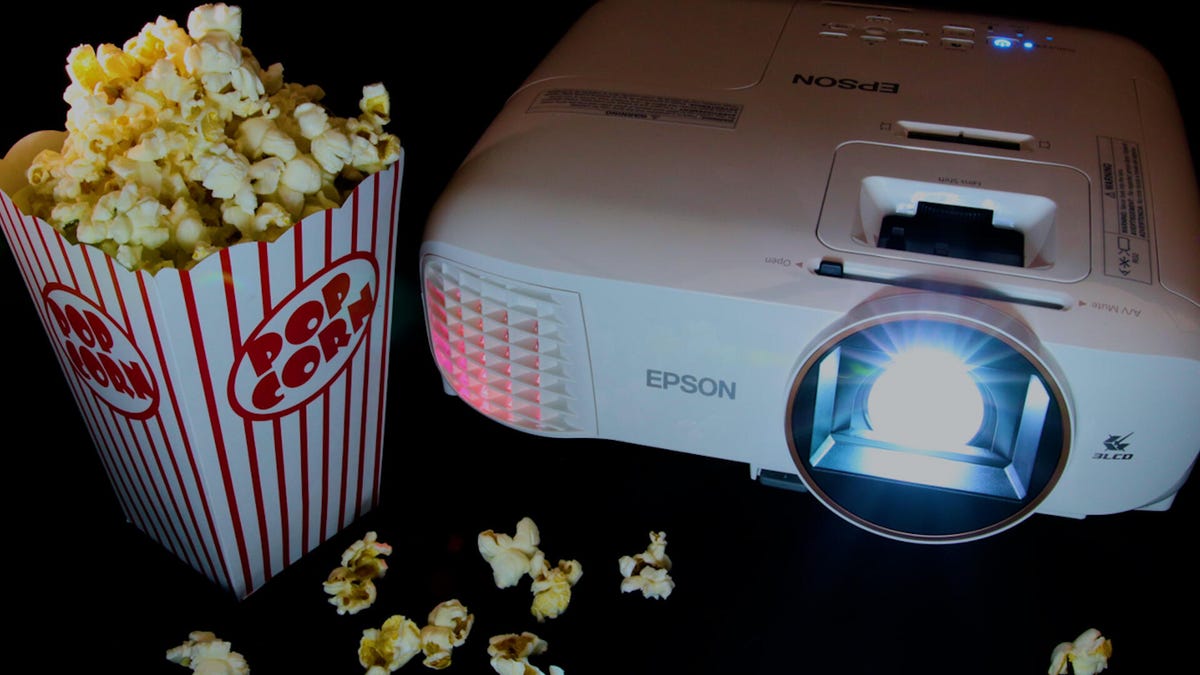
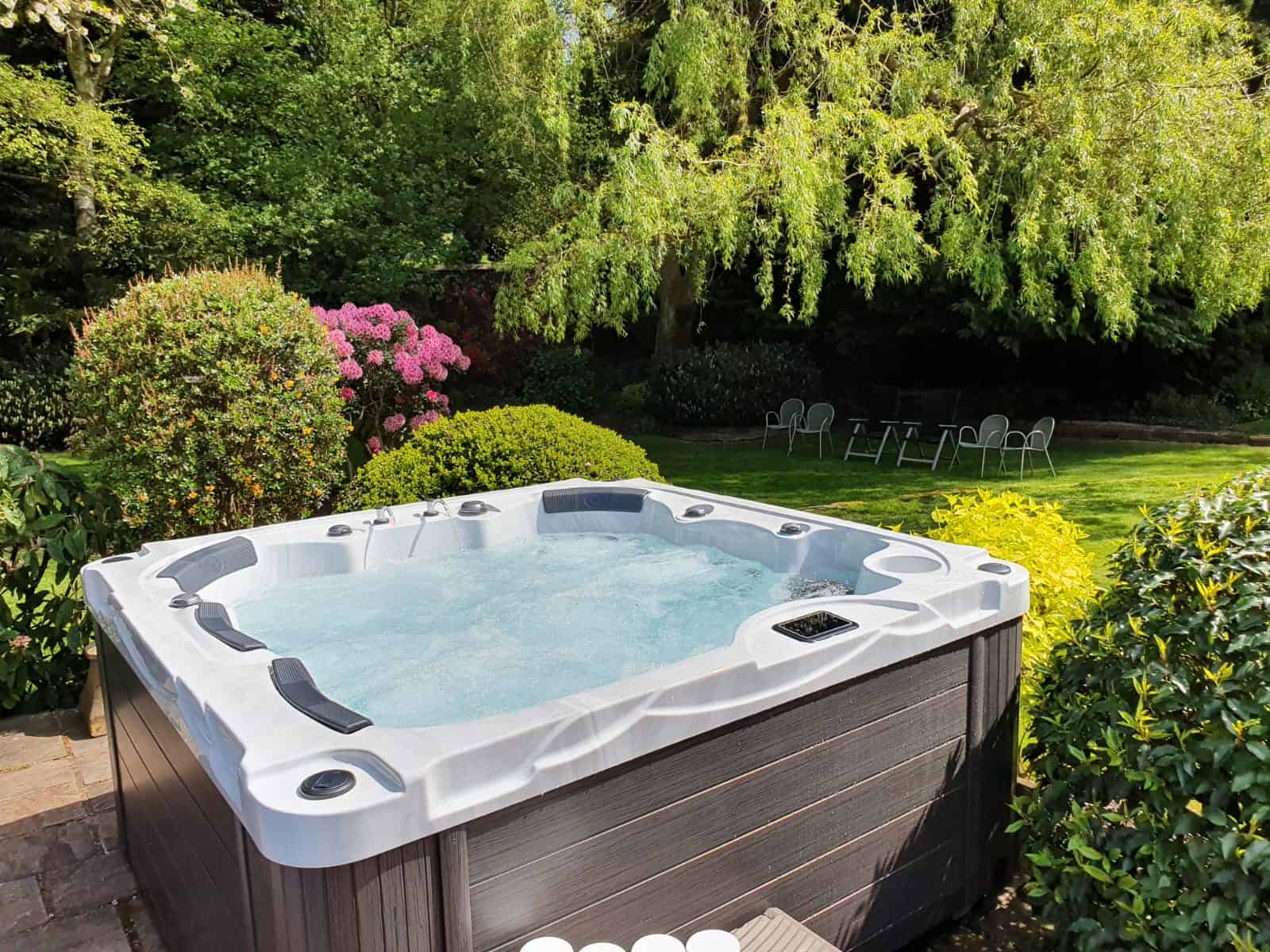
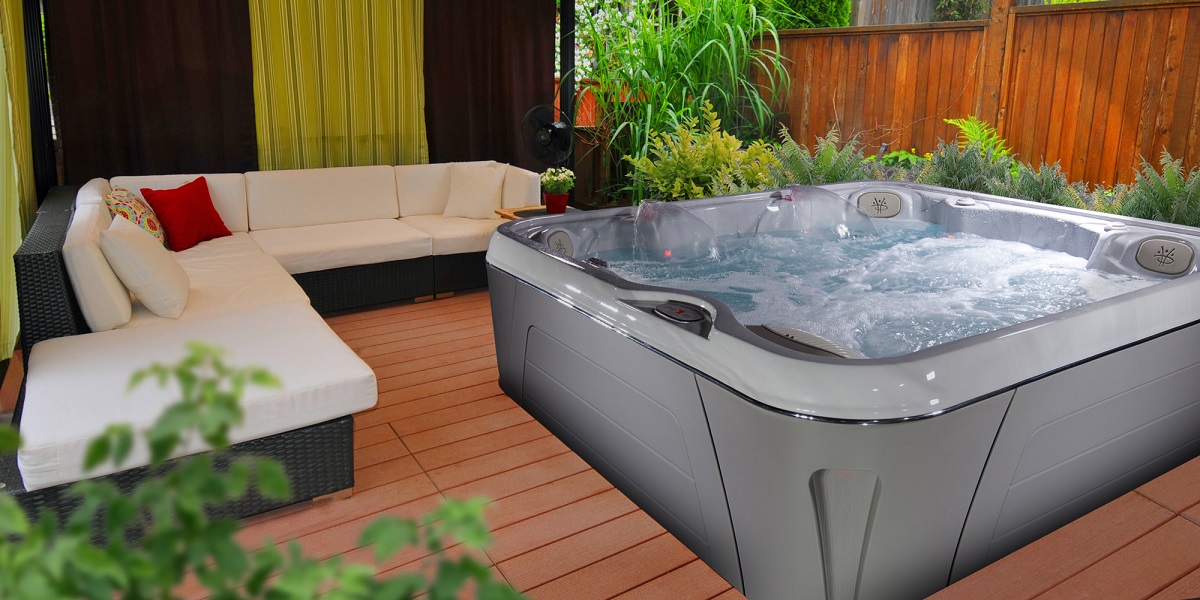

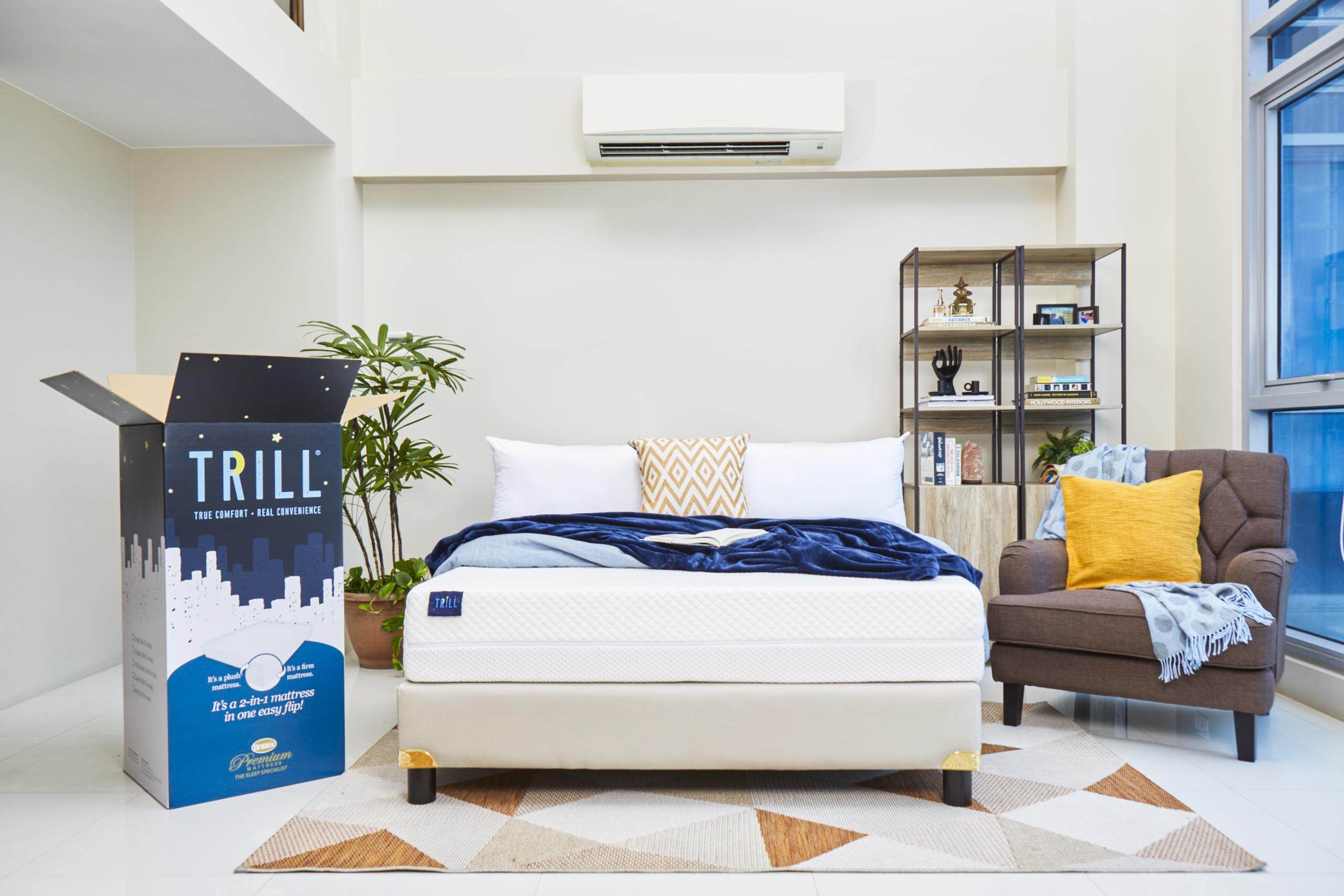

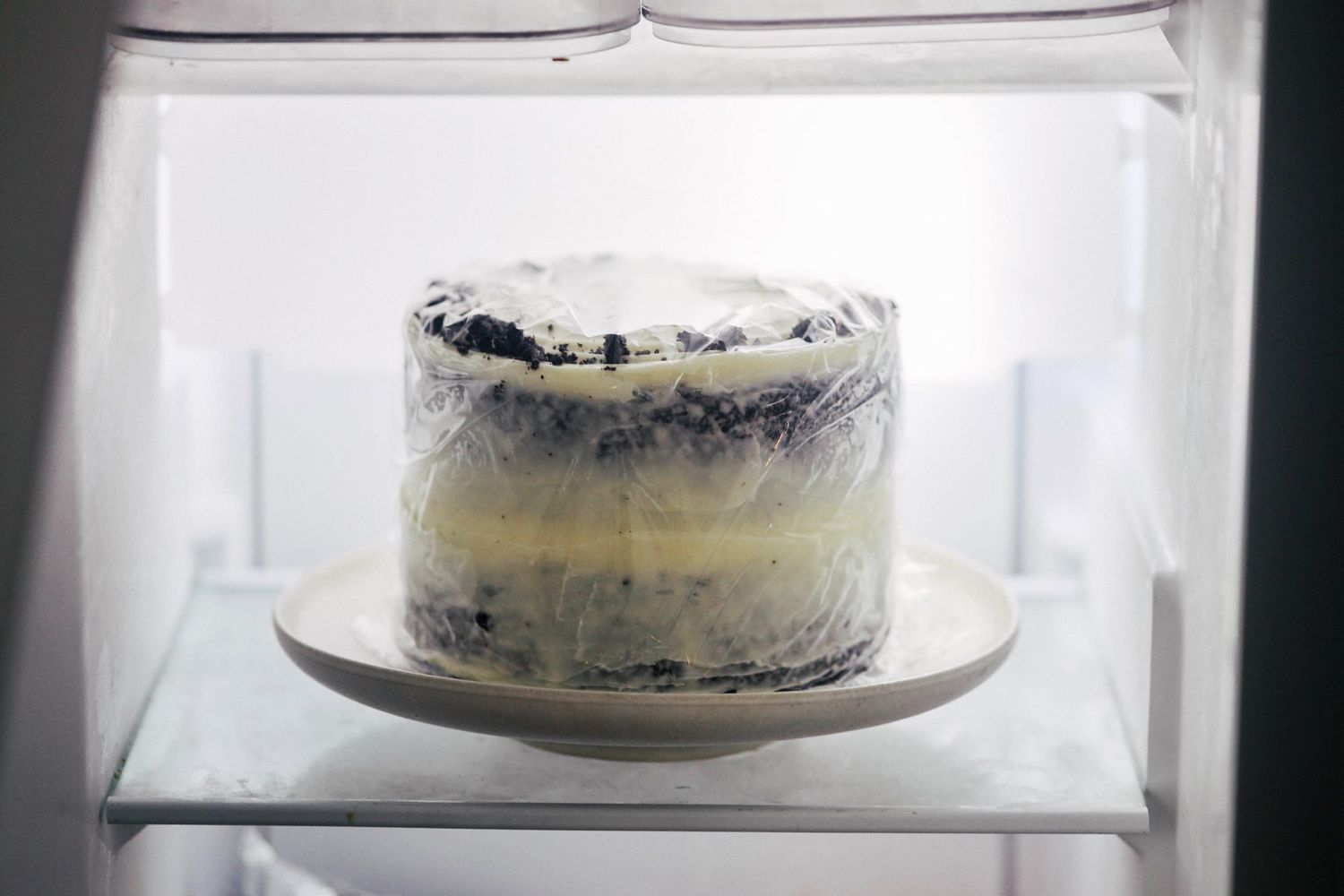

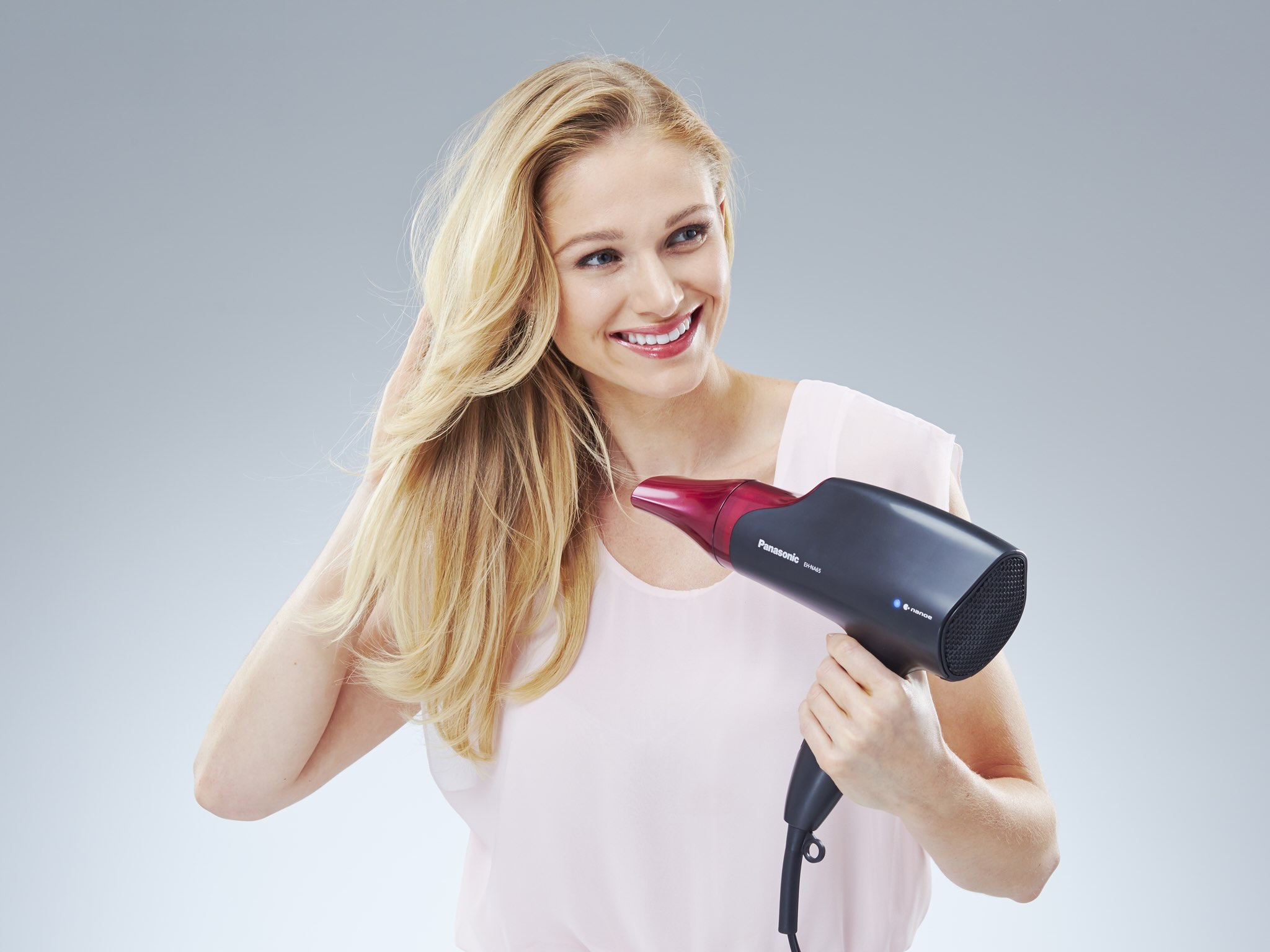




0 thoughts on “How Long Can I Stay In The Hot Tub”